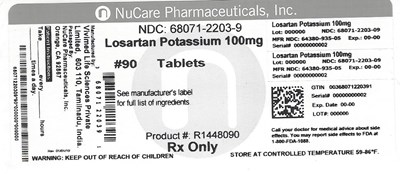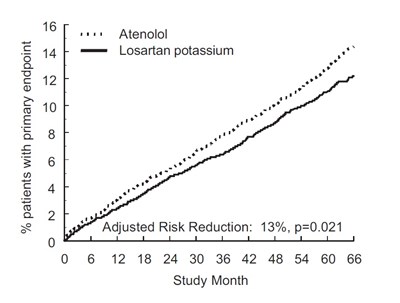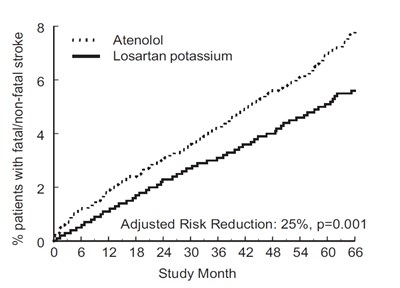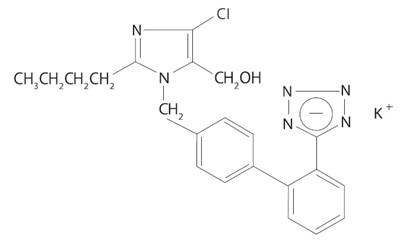Product Images Losartan Potassium 100 Mg
View Photos of Packaging, Labels & Appearance
Product Label Images
The following 6 images provide visual information about the product associated with Losartan Potassium 100 Mg NDC 68071-2203 by Nucare Pharmaceuticals,inc., such as packaging, labeling, and the appearance of the drug itself. This resource could be helpful for medical professionals, pharmacists, and patients seeking to verify medication information and ensure they have the correct product.
pdp - 68071 2203 9

This is a label of Losartan Potassium 100mg tablets produced by NuCare Pharmaceuticals, Inc. It contains information about product details such as the NDC number, lot number, and expiration date. It warns to keep out of reach of children and store at controlled temperature. Customers are advised to check the manufacturer's label for a full list of ingredients.*
image002 - image 01

This text provides data from a study comparing the effectiveness of Atenolol and Losartan Potassium in reducing the risk of a primary endpoint in patients. The adjusted risk reduction of Losartan Potassium compared to Atenolol is reported as 13%, with a p-value of 0.021. The study monitored patients over a period of 66 months, with data recorded at various monthly intervals from month 6 to month 66.*
image003 - image 02

This is a chart that shows the percentage of patients who experienced a fatal or non-fatal stroke over a period of 66 months. Two medications, Atenolol and Losartan potassium, are being compared. However, the chart does not provide enough information to evaluate the effectiveness of either medication.*
image004 - image 03

This appears to be a table showing the results of a study related to stroke rates in patients based on age, gender, race, and medical history with Losartan Potassium and Atenolol medications. The table displays the number of events, rate percentages and hazard ratios for each medication subgroup.*
image005 - image 04

This text presents statistical information about risk reduction and event occurrences in a certain population. The risk reduction is reported as 16.1% and the value of p is given as 0.022. The chart shows the percentage of patients with events in two categories, represented as 40% and 20%.*
* The product label images have been analyzed using a combination of traditional computing and machine learning techniques. It should be noted that the descriptions provided may not be entirely accurate as they are experimental in nature. Use the information in this page at your own discretion and risk.
